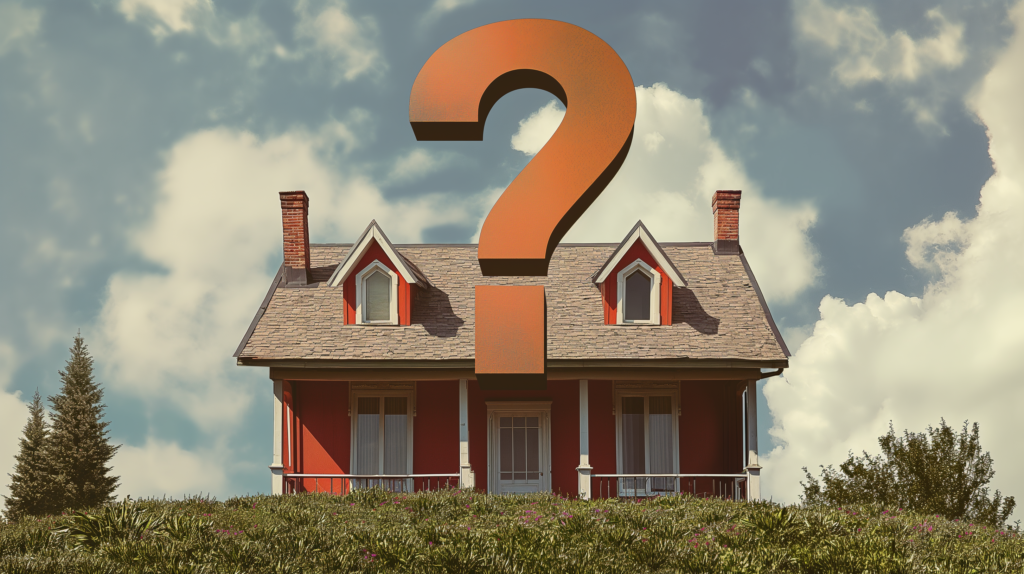
Home Design Frequently Asked Questions
What services do you provide?
- I provide floor plans, elevations, basic electrical and plumbing layouts, and 3D renderings. These plans serve as a guide for your DIY build.
How do we collaborate remotely?
- We’ll use email, phone calls, and video conferencing to communicate throughout the design process. You’ll provide initial input on your requirements and feedback on preliminary designs.
Will I need to hire a builder?
- Yes, you will need to hire your own builder to handle the actual construction process. Some people do choose to be their own General Contractor, however that is only recommended for those who have experience in construction.
Do I need a structural engineer?
- Yes, you should hire a local structural engineer to design the foundation, framing, roof and any other structural elements required by local codes. This may not be required in your area, but it is highly recommended. My plans only provide the layout and styling.
How do I obtain building permits?
- You will need to apply for all necessary permits with your local building department. I can provide the design documents you need, but you will handle the submission and follow-up.
How do I ensure the design complies with local building codes?
- While I ensure that my designs adhere to general best design practices, your local structural engineer and builder will help ensure that the final plans comply with all local building regulations and codes.
How long does the design process usually take?
- The timeline can vary depending on project complexity and responsiveness, but initial designs typically take a few weeks from when we start.
Can I customize the materials for my home?
- Yes, I provide general guidance on style, but you have full freedom to choose and purchase materials that match your style and budget.
What happens if I need to make changes to the design?
- Revisions are part of our process. We can adjust designs based on your feedback to ensure the final plans meet your needs
What are the payment terms for your services?
- Payments are divided into phases: an initial deposit, a mid-project installment, and a final payment upon completion of all designs.
How can I ensure my project stays within budget?
- To manage your budget effectively, start with a detailed and realistic budget plan. I recommend regular reviews as your project progresses, and I can help you adjust the design to align with budget changes or constraints.
How do I choose the right materials for my home?
- Consider factors like durability, maintenance, local climate, and aesthetics. I provide guidance on material selection based on your preferences and local availability, ensuring a balance between quality and cost.
What is involved in obtaining building permits?
- Obtaining permits can vary greatly by location. I’ll provide all the necessary design documents, but you’ll need to consult with your local building department for specific requirements. It’s wise to start this process early to avoid delays.
How do I find and hire reliable contractors?
- I recommend seeking referrals from trusted sources, checking for proper licensing and insurance, and reviewing past work. Conducting interviews and obtaining multiple bids can also help you find the right team for your build.
What strategies can help keep my construction project on schedule?
- Effective planning and regular communication with your builder and subcontractors are key. Consider potential delays like weather and material availability, and build some flexibility into your timeline.
How can I make informed technical design decisions?
- I will guide you through the technical aspects of your design, such as spatial planning and the integration of electrical and plumbing systems. Feel free to ask for explanations or alternatives to better understand and make informed decisions.
How do I ensure high quality in my construction project?
- Regular site visits and quality checks are crucial. Hiring a builder with a good reputation and ensuring clear communication of your expectations can also help maintain high standards.
How can I future-proof my home?
- Consider integrating flexible design elements that can adapt to future needs, such as energy-efficient systems, expandable spaces, or smart home technology. Planning for the long term can save you significant costs and inconvenience later.
What should I do if I feel overwhelmed by the construction process?
- It’s important to stay organized and keep communication lines open. Don’t hesitate to lean on professionals for support, and consider hiring a project manager if the scope becomes too demanding.
- How important is experience in home design when choosing a designer? Experience in home design is crucial as it not only reflects a designer’s capability to handle various challenges but also their understanding of functional and aesthetic requirements specific to different living spaces. Experienced designers have likely encountered a range of scenarios and can provide insights that might not be apparent to someone with less experience. They can anticipate potential problems and offer solutions proactively, ensuring that the design process is smoother and the final product meets or exceeds expectations. Look for a designer with a solid track record in projects similar to yours, and don’t hesitate to ask for references or a portfolio of their work. This can give you confidence in their ability to deliver a design that suits your needs and desires.
What is the difference between a CPBD and an Architect?
When selecting a home designer, it’s important to look for qualifications that align with the specific needs of your project. Key certifications to consider include:
In the world of residential building, both an Architect & Building Designer can perform the same role.
- They both can have the same education and experience levels.
- They both can be experts in architectural design.
- They both can maximize design opportunities for your home, your site and your budget.
- They both can provide blueprints and construction documents and stamp plans for permits.
- They both can help you through the construction process.
- They both can be educated in the Health, Safety and Welfare of the people inhabiting the buildings they design.
Laws regarding licensing, design and permitting differ by state and municipality. As an owner or developer, you should always check with your state architectural board, and your city planning department to find out exactly who and what is required for the type of project you are planning.
Building Designers, Architects, Interior Designers
Architect — Architects are required to have an Architectural degree, job experience, and be nationally tested through NCARB. Each state will have it’s own Architectural Board that oversees licensing. Typically, a Licensed Architect is required for multi-family projects larger than a dupex, and buildings over 10,000 square feet or over 3 stories.
Building Designer — Many Building Designers do have Architectural or Design degrees, and years of experience, but have simply chosen not to sit for the national testing. A CERTIFIED Building Designer has been nationally vetted and tested through The American Institute of Building Design. For most residential and small commercial projects, a Building Designer can perform the same services as an architect. See Below for more details.
Registered Interior Designer — A Registered, or Certified, Interior Designer usually hold a design degree, years of experience and has been certified through the NCIDQ. They typically deal with the interior architecture, finish out and decor. In many projects an Interior Designer will draft plans just like an Architect or Building Designer. They can also stamp plans for permitting in many cases.
